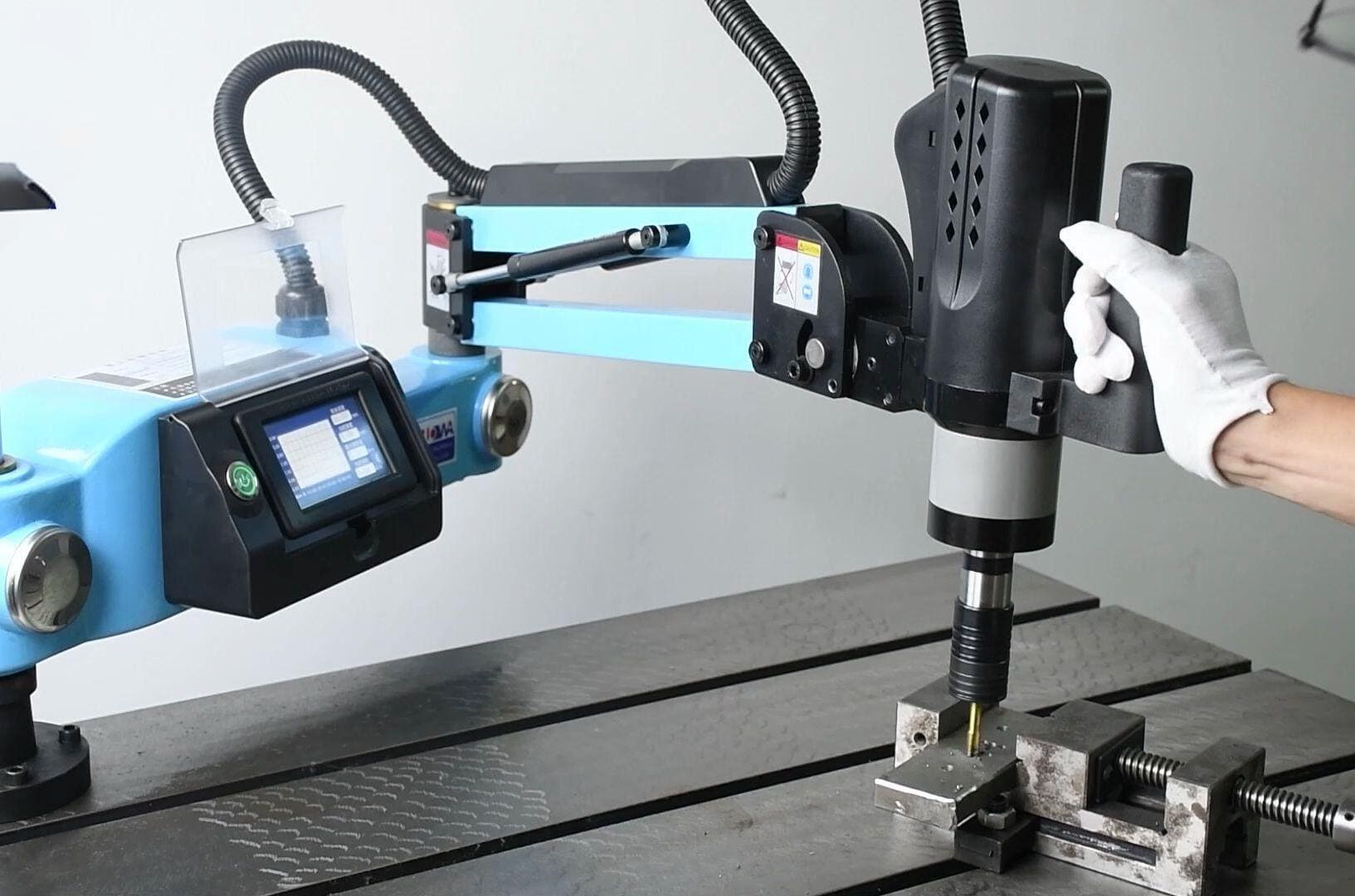Understanding Tapping in Machining
In the field of mechanical processing, the traditional tapping methods of hand drills and taps have problems with unstable thread quality and slow processing speed. The emergence of CNC tapping centers has brought major changes to tapping operations. As an advanced CNC equipment, it can improve the efficiency, time consumption and precision of tapping operations to a new level, providing strong support for the development of modern manufacturing.
1.What is a CNC tapping center?
The CNC tapping center is a precision machine based on digital control technology, mainly used to process threaded connections or holes on various materials. Its core lies in the use of computer control systems, which can accurately control every processing detail, ensure that the size of the processed holes is accurate and the thread quality is highly consistent, laying the foundation for high-quality tapping operations.
2.Components of CNC tapping center
(i) Base
The base is responsible for accommodating other components, such as support columns, control cabinets and coolant reservoirs. It is usually made of rigid materials such as cast iron to provide a stable support structure for the entire equipment.
(ii) Column
The vertical component erected on the base is used to accommodate other moving parts, provide installation locations and support for other key components of the tapping center, and ensure the stability of tapping operations.
(iii) Spindle
The spindle is one of the most important components of the CNC tapping center. It is a rotating component that is responsible for supporting tapping tools such as taps. The spindle speed and direction can be set through programming to accurately control the size and position of the thread.
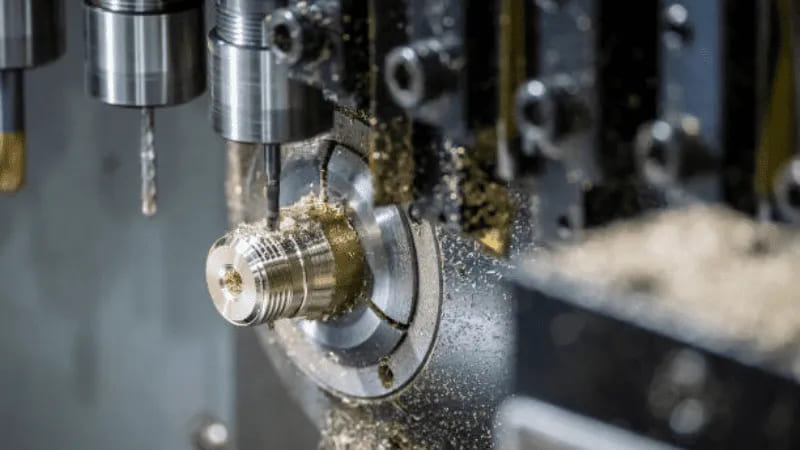
(iv) Tool changer
The tool changer is similar to a robotic arm and is connected to the CNC software. It can select the required tapping tools from the tool library to meet the needs of different tapping operations, thereby improving the flexibility and processing efficiency of the tapping center.
(v) CNC control system
The system is the “brain” of the tapping machine and controls all operations. The operator can use it to input instructions such as tool path, tapping speed and depth to achieve precise control of the machining process.
(vi) Cooling system
The cooling system delivers coolant to the tapping center. The coolant not only effectively cools the tapping area, but also acts as a lubricant, reduces friction, extends tool life, and ensures the smooth progress of the machining process.
(vii) Chip management system
The tapping process generates waste, which will affect subsequent processing if not handled in time. Modern CNC tapping centers are equipped with chip transfer systems, such as chip conveyors, which can remove the generated chips in time to ensure that the CNC tapping operation is not disturbed.
3.Advantages of CNC tapping machine
(i)High precision
Unlike manual tapping machines, CNC tapping centers provide precise control over hole depth. The positioning of tapping tools with the help of computer sensors effectively ensures the consistency of processing quality and achieves extremely high levels of precision.
(ii)Increase in production speed
When using a CNC tapping center, you only need to issue specific tapping operation instructions to the program, and the machine can quickly execute them, greatly improving production efficiency. Compared with manual tapping, this automated processing method greatly shortens the processing time.
(iii)Reduced labor costs
The cost of hiring skilled tapping operators is high, but CNC tapping centers can reduce dependence on a large number of operators and reduce labor cost expenses. Through the automated operation of the machine, human resources are saved while improving production efficiency.
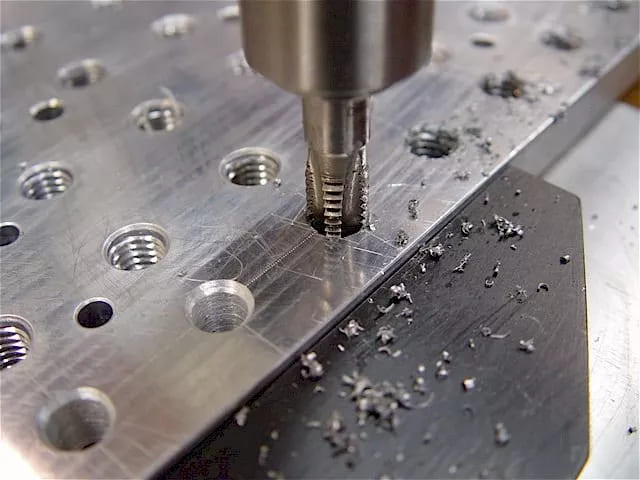
(iv) Significant improvement in quality
CNC tapping machines enhance the stability of the tapped workpiece through improved depth control and tool layout, resulting in better quality parts.
(v)Reduce human errors
The CNC tapping center relies on special procedures to fully control tapping operations, effectively eliminating inconsistencies caused by human operations (such as hand pressure), reducing the risk of scraps due to human errors, and ensuring the stability of processing quality.
(vi)Data recording function
The computer control system can record every tapping operation, allowing operators to monitor equipment performance and promptly discover and eliminate potential problems.
(vii) Security enhancement
Most modern CNC tapping centers are equipped with a closed work space, and operators rarely need to directly contact the cutting tools, greatly reducing safety hazards and providing a safer working environment for operators.
4.CNC tapping center types
(i) Vertical tapping center
Its unique configuration is that the spindle can move up and down along the column. This structure allows the workpiece to be tapped from the top, can process different types of components, and is suitable for a variety of CNC tapping operation scenarios.
(ii) Horizontal tapping center
The spindle can move laterally in the X and Y axes, a design that makes it particularly suitable for tapping components that are relatively large or have attachments on top.
(iii) CNC dual-spindle tapping center
The distinctive feature of the dual spindle is that it can drill multiple holes on the workpiece at the same time, greatly improving the processing efficiency. It is especially suitable for mass production or CNC tapping tasks that require high processing time.
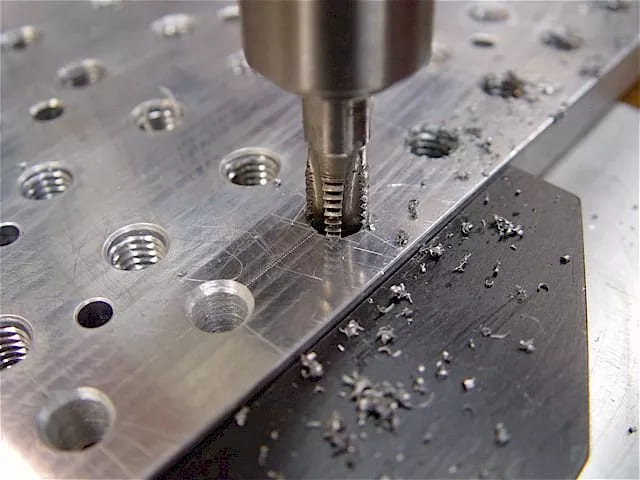
(iv) Single spindle tapping center
As a simplified version of the dual-spindle tapping center, the single-spindle tapping center is suitable for machining workpieces with simpler designs. Although the number of workpieces accommodated at one time is limited, its efficiency and accuracy are comparable to those of a dual-spindle tapping center when processing simple workpieces.
5.Things to note when selecting a CNC tapping center
(I) Consideration of production requirements
Choose according to the number of workpieces that need to be tapped. If multiple parts need to be processed at the same time, a dual-spindle CNC tapping machine is a more appropriate choice to meet the requirements of production efficiency.
(II) Budget constraints
Budget is a factor that cannot be ignored. It should be ensured that the selected CNC tapping center is within the budget and can bring the best value for the investment, and the balance between cost and benefit should be considered comprehensively.
(III) Material compatibility analysis
Consider the characteristics of the processing material. For example, when processing metal workpieces, a tapping machine with a solid base and column should be selected to ensure the stability and accuracy of the equipment during the processing.
(IV) Workpiece complexity assessment
Choose according to the complexity of the workpiece design. A single-spindle tapping center can be used for a simple workpiece design, while a dual-spindle or horizontal tapping center may be required to meet the processing requirements for a complex workpiece design.
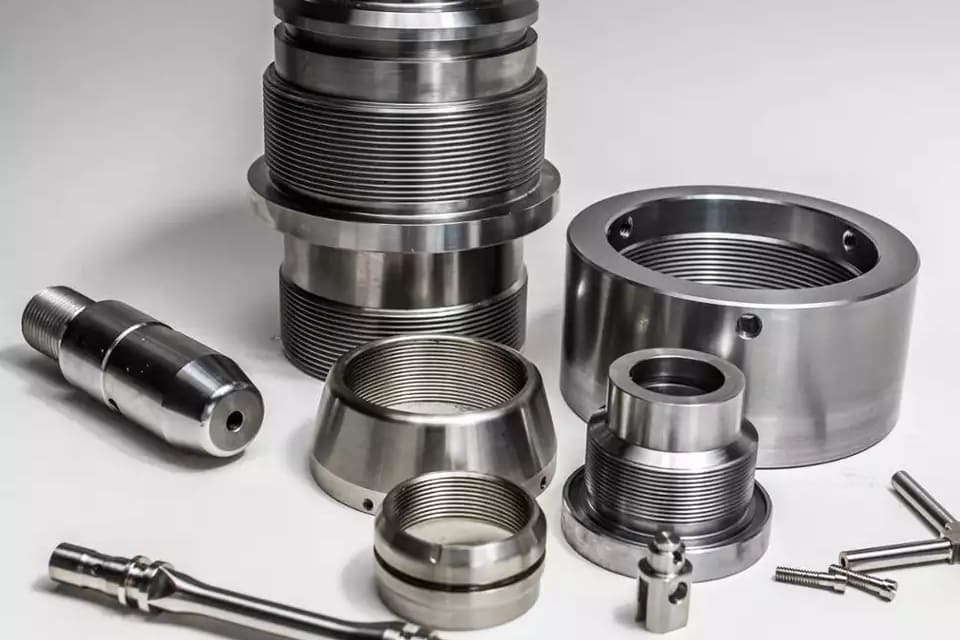
6.Application of CNC tapping center
(i) Electronic products industry
Such as tapping of printed circuit boards (PCBs) and electronic housings.
(ii) Aerospace industry
Key components such as engine parts and fuselage panels.
(iii) Automobile manufacturing industry
Chassis and engine parts, etc.
(iv) Pipeline and HVAC industry
Parts such as accessories and pipes.
(v) National defense and military field
Military equipment.
(vi) Shipbuilding industry
Marine engines and other ship parts, etc.
(vii) Construction industry
Equipment such as graders and excavators.
Summarize
To sum up, if you want to get rid of the inconsistency problem of manual tapping, CNC tapping center is undoubtedly the best choice. These advanced machines are capable of drilling precise holes in workpieces while significantly increasing productivity.
